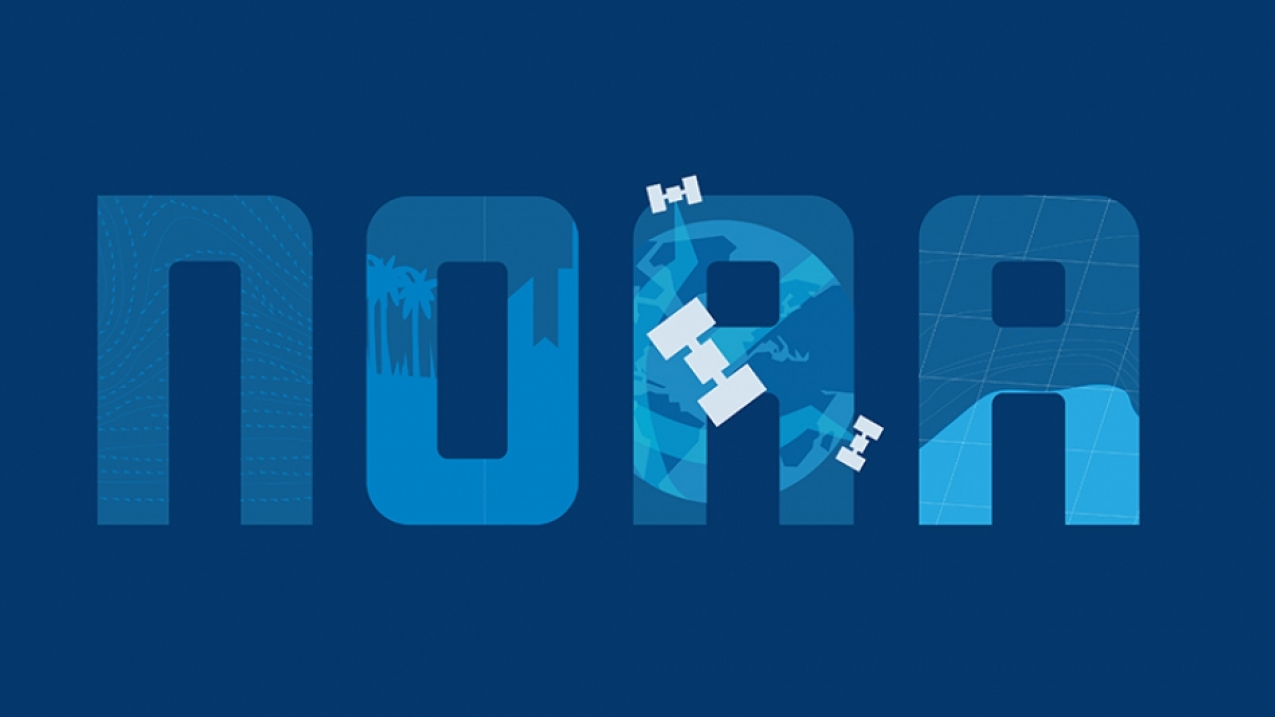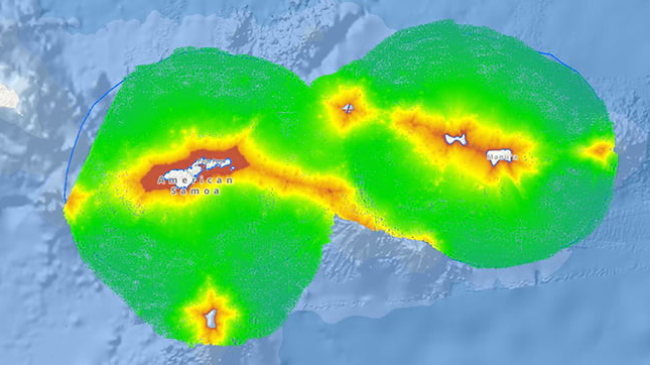Chart aids safe shipping from Delong Mountain Terminal
Chart aids safe shipping from Delong Mountain Terminal
NOAA has issued a new nautical chart for the Delong Mountain Terminal, a shallow draft port servicing the Red Dog Mine, one of the world’s largest producers of zinc concentrate, on the western coast of Alaska in the Arctic.

Welcome to noaa.gov (Image credit: NOAA)




